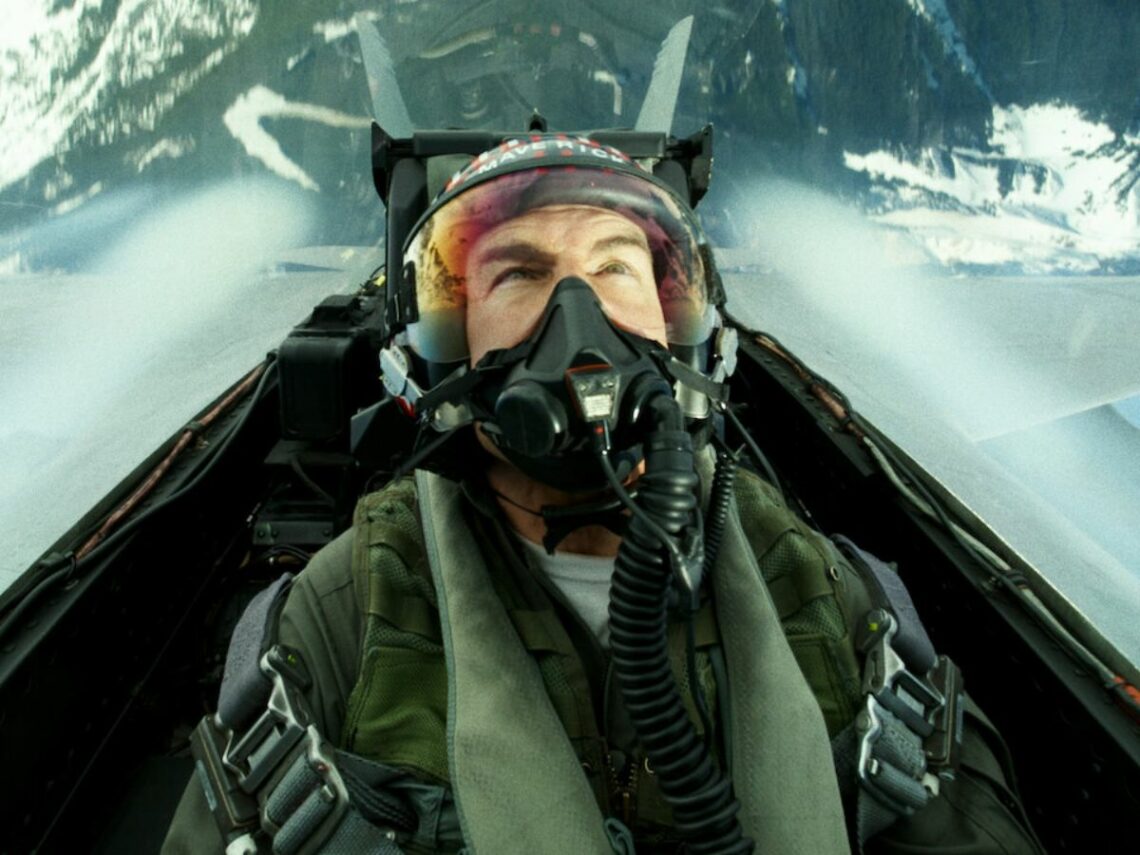Tom Cruise ensures his movies have the potential to reach the widest audience on the largest screens. This approach led him to delay the release of Top Gun: Maverick until he was confident it would meet expectations.
The long-awaited sequel was originally set for release in July 2019, but reshoots saw it pushed back to June 2020. However, thanks to the pandemic it was pushed to December of that year, before being delayed again to July 2021, November 2021, and finally May 27th, 2022, when Maverick was unleashed at last.
Between those two points, Cruise and Paramount declined lucrative overtures from several streaming services to acquire the rights. The star and producer also ensured that the film would ignore the shortened window between theatrical and video-on-demand in favour of an extended run on the big screen that wouldn’t see Maverick available to watch at home until seven months after its premiere.
In hindsight, Cruise’s determination to hold back for so long was as shrewd as it was successful, with his return to the cockpit rocketing to over $1.4billion at the box office and six Academy Award nominations, including ‘Best Picture’. No less of an authority than Steven Spielberg was caught on camera telling the star he “saved Hollywood’s ass,” as well as how he “might have saved theatrical distribution”.
That was two years ago, but looking at it through the most modern of lenses, did Top Gun: Maverick really save cinema, or was it an anomaly? It’s a difficult question with plenty of variables to consider, especially when very few productions have somebody as powerful as Cruise fighting in their corner to retain as much theatrical exclusivity as possible.
In terms of ticket sales and attendance, the industry is still a shadow of its former self. In 2018 there were five titles that cleared a billion dollars globally, and nine the year after. In the last five years there’s been six in total, which makes it pretty clear that the average cinemagoer is a lot less willing to catch the latest films at their local multiplex.
The only movie to have been released after Top Gun: Maverick that earned more from cinemas is James Cameron’s Avatar: The Way of Water, which was the sequel to the highest-grossing film in history. Barbie came the closest, and it’s the only one comparable to the other two in terms of combining earning power with awards season recognition, something that can’t be said of fellow billion-dollar behemoths Spider-Man: No Way Home, Jurassic World Dominion and The Super Mario Bros Movie.
Not even Cruise could stuff the lightning back into the bottle when Mission: Impossible – Dead Reckoning underperformed compared to early projections, while the majority of the biggest franchises in Hollywood have been cursed by the law of diminishing returns. Marvel, DC, Disney, Fast & Furious, Indiana Jones, and the Wizarding World are just some of the noteworthy IPs to have struggled, with Denis Villeneuve’s Dune: Part Two one of the very few sequels to have surpassed its predecessor.
That being said, arguably, the biggest problem remains the very short gaps between theatrical and digital distribution. In an era where plenty of people have massive televisions and cutting-edge sound systems at home, it’s often a lot cheaper to simply wait it out and miss out on the big screen to save money when the exact same movie is going to be available to watch at less expense from the comfort of the viewer’s own home.
A recent example is David Leitch’s The Fall Guy, a well-received blockbuster that seemingly possesses everything required to thrive during the summer season. It’s got big stars, crackling chemistry, a high concept, and a combination of action, comedy, thrills, and romance. And yet, it’s heading to VOD a mere 18 days after premiering in cinemas and before it even had the chance to recoup its production budget.
There’s no impetus for the average ticket-buyer to make a point of visiting the cinema for even the most high-profile releases of any given year. More often than not, the longest they’ll have to wait before watching it without shelling out for tickets, transport, snacks, and all of the other bells and whistles is a month and regularly even less.
From the outside looking in, Top Gun: Maverick didn’t save cinema, even if it did give it a much-needed shot in the arm. Sure, there’s the occasional breakout hit here and there, but it’s the film business that seems far too content to keep shooting itself in the foot by encouraging audiences that there’s no such thing as a must-see feature anymore when a brief twiddling of the thumbs is all that’s required before it can be watched from the couch.
